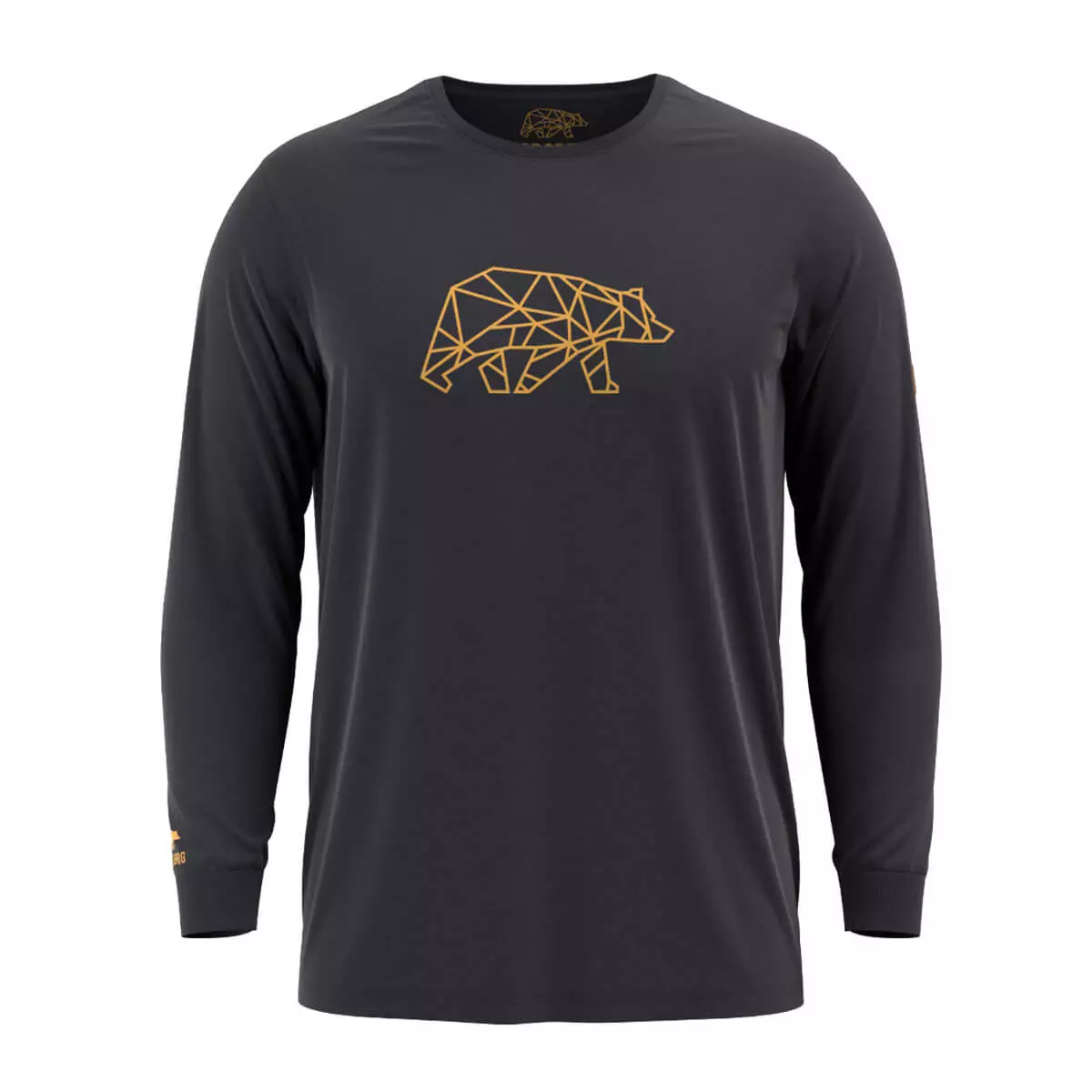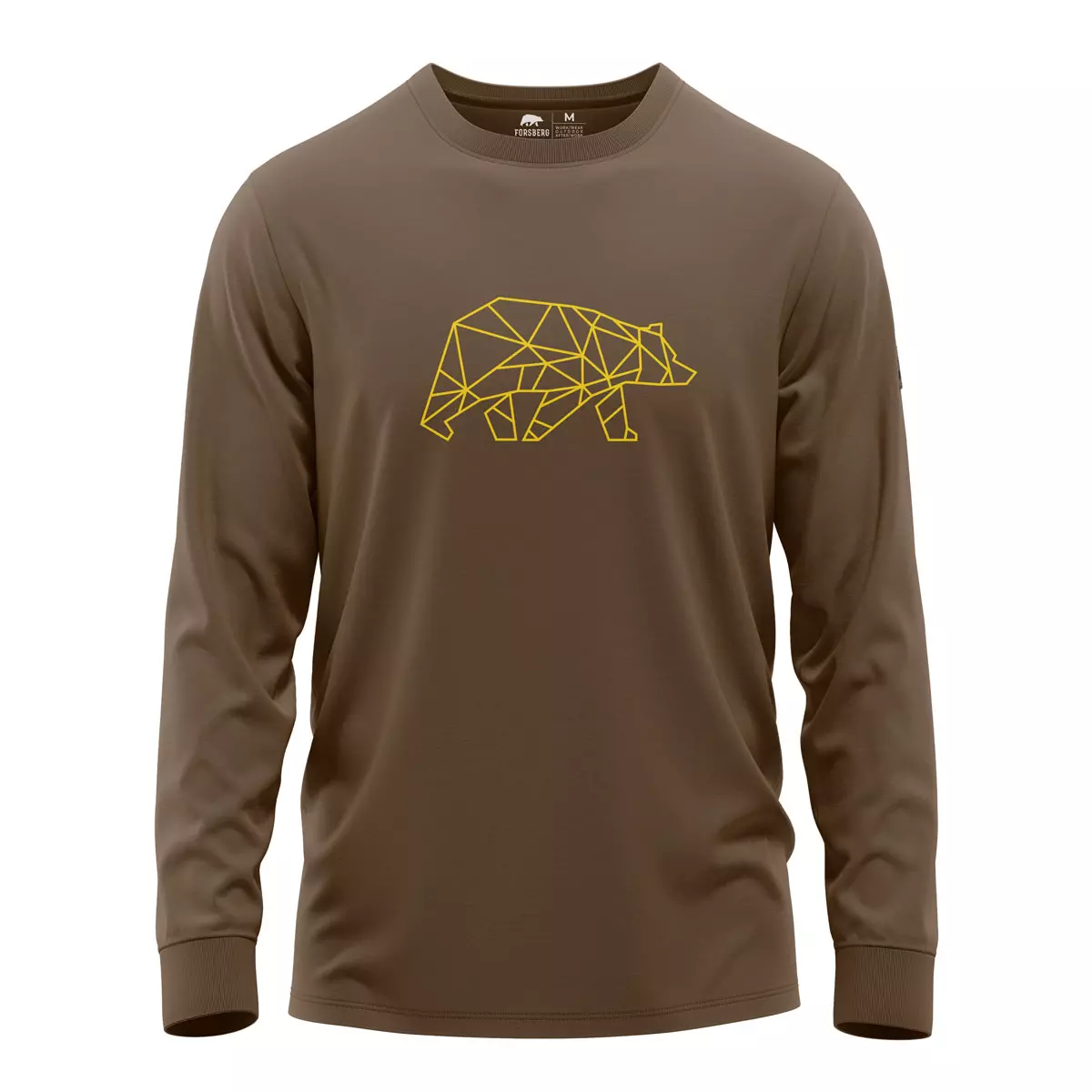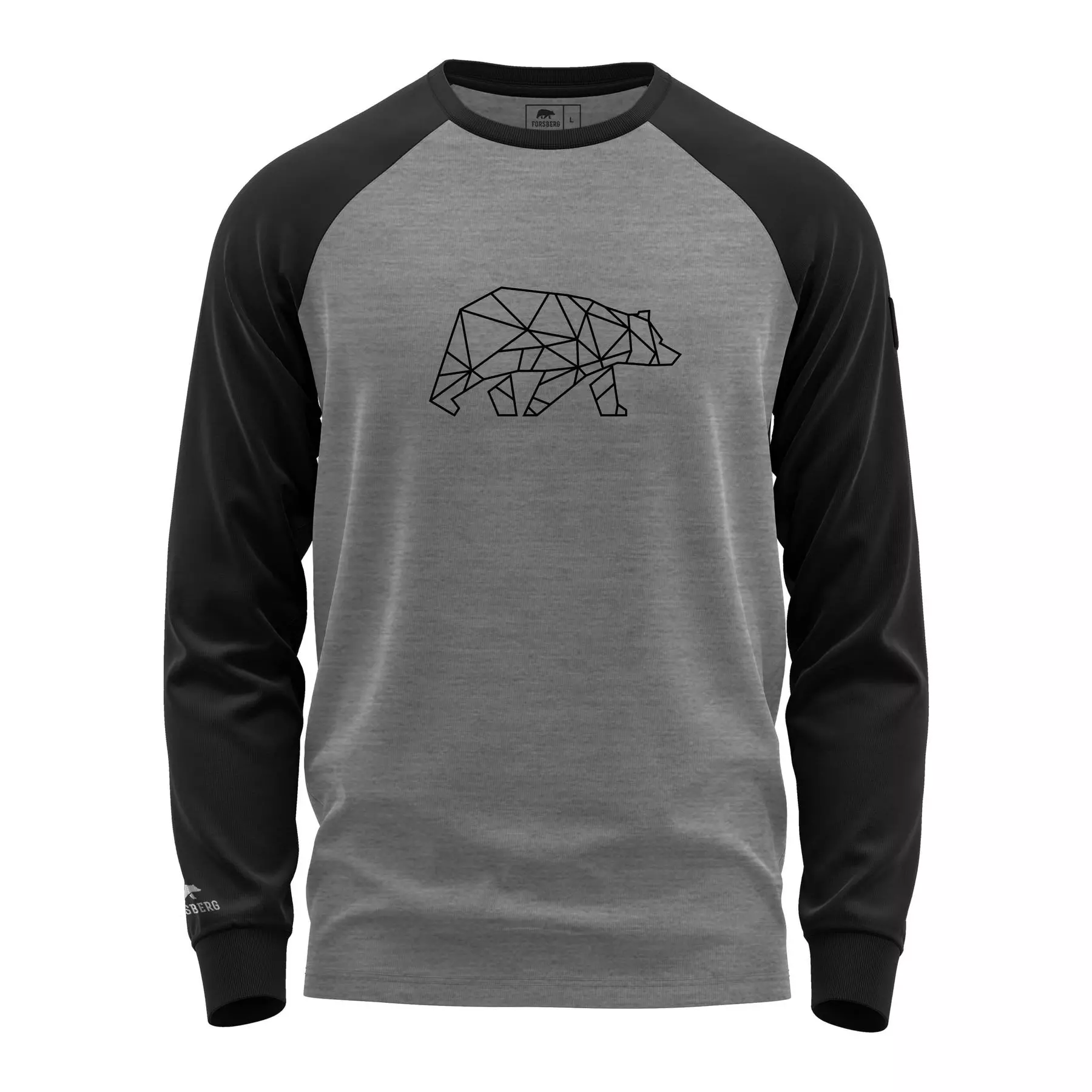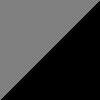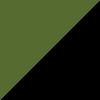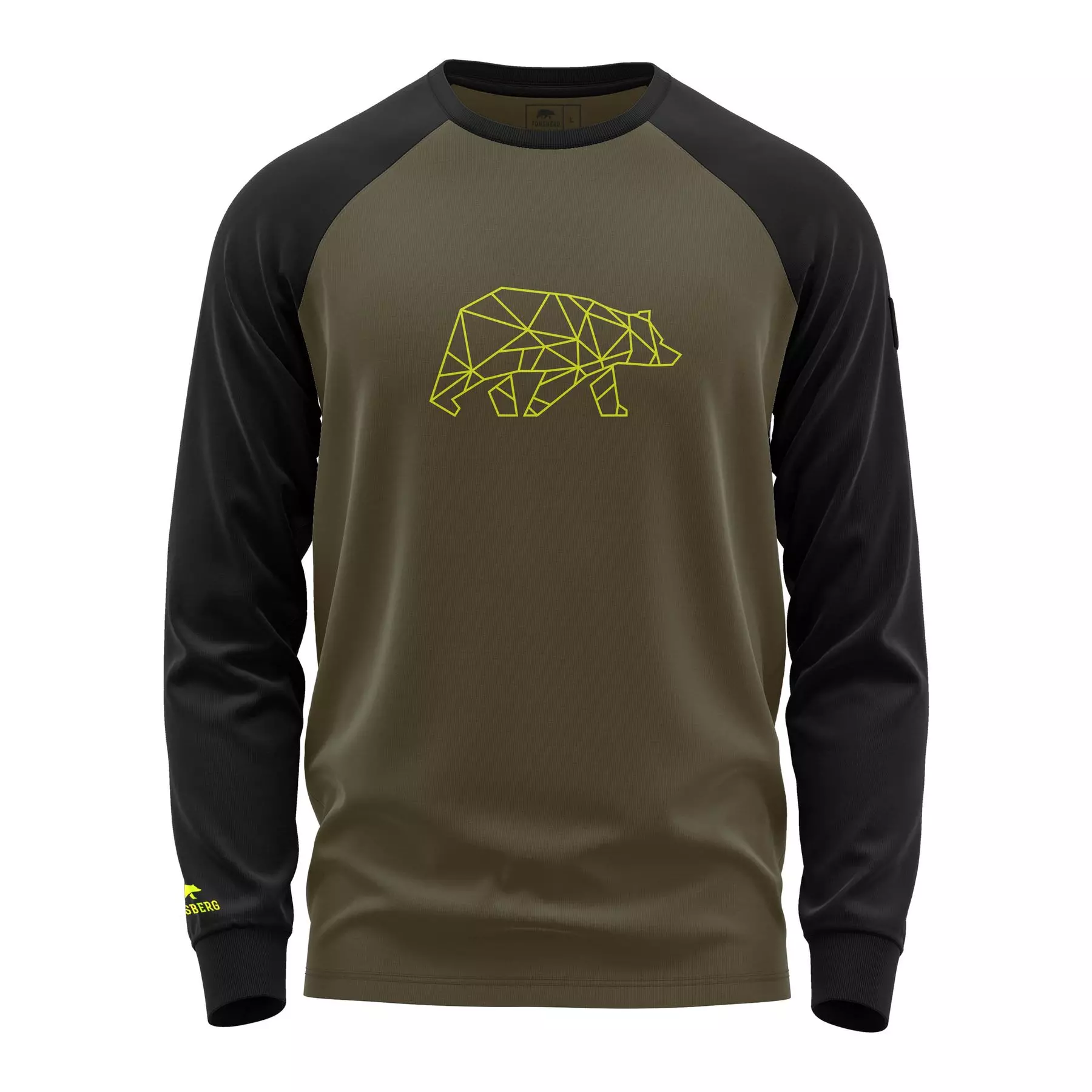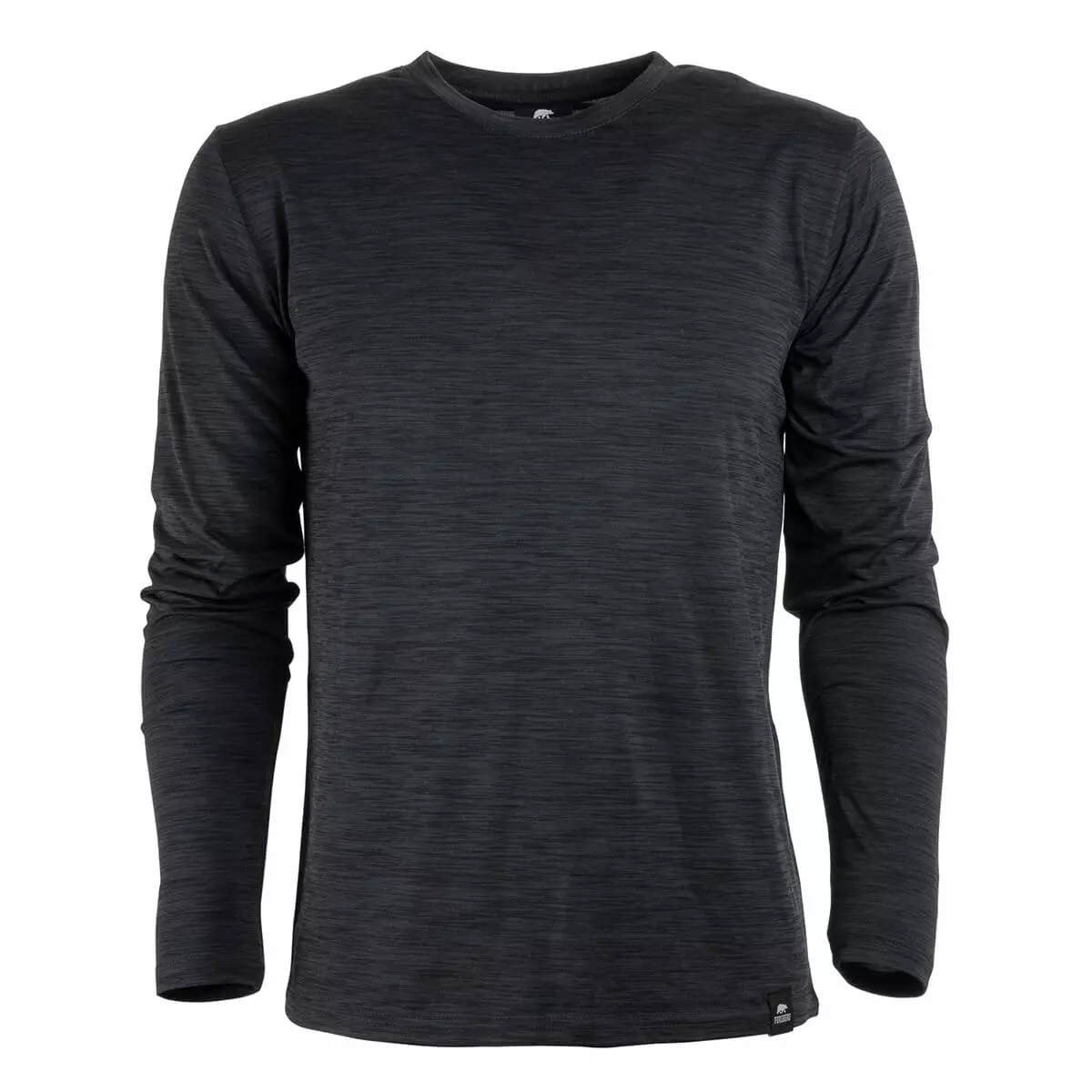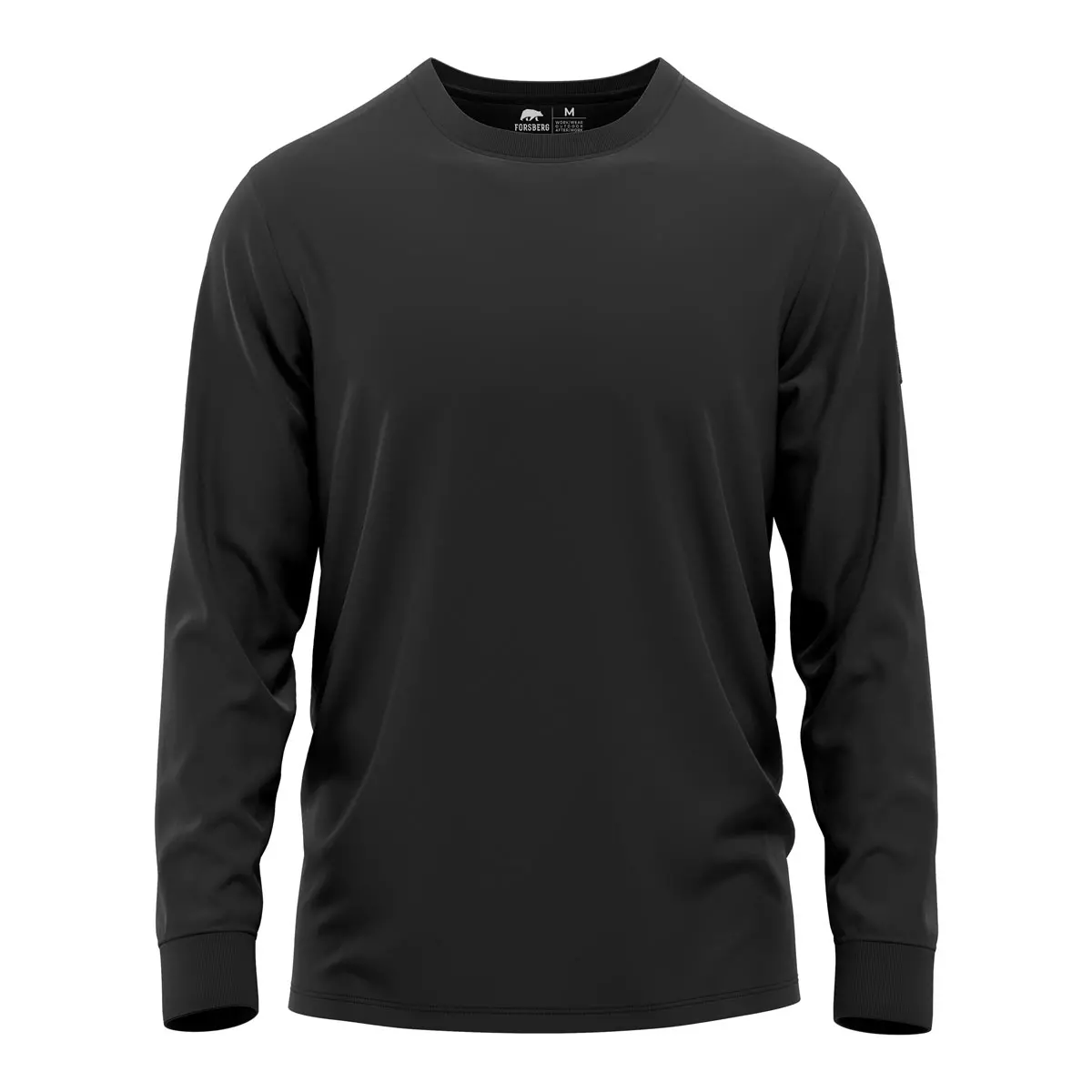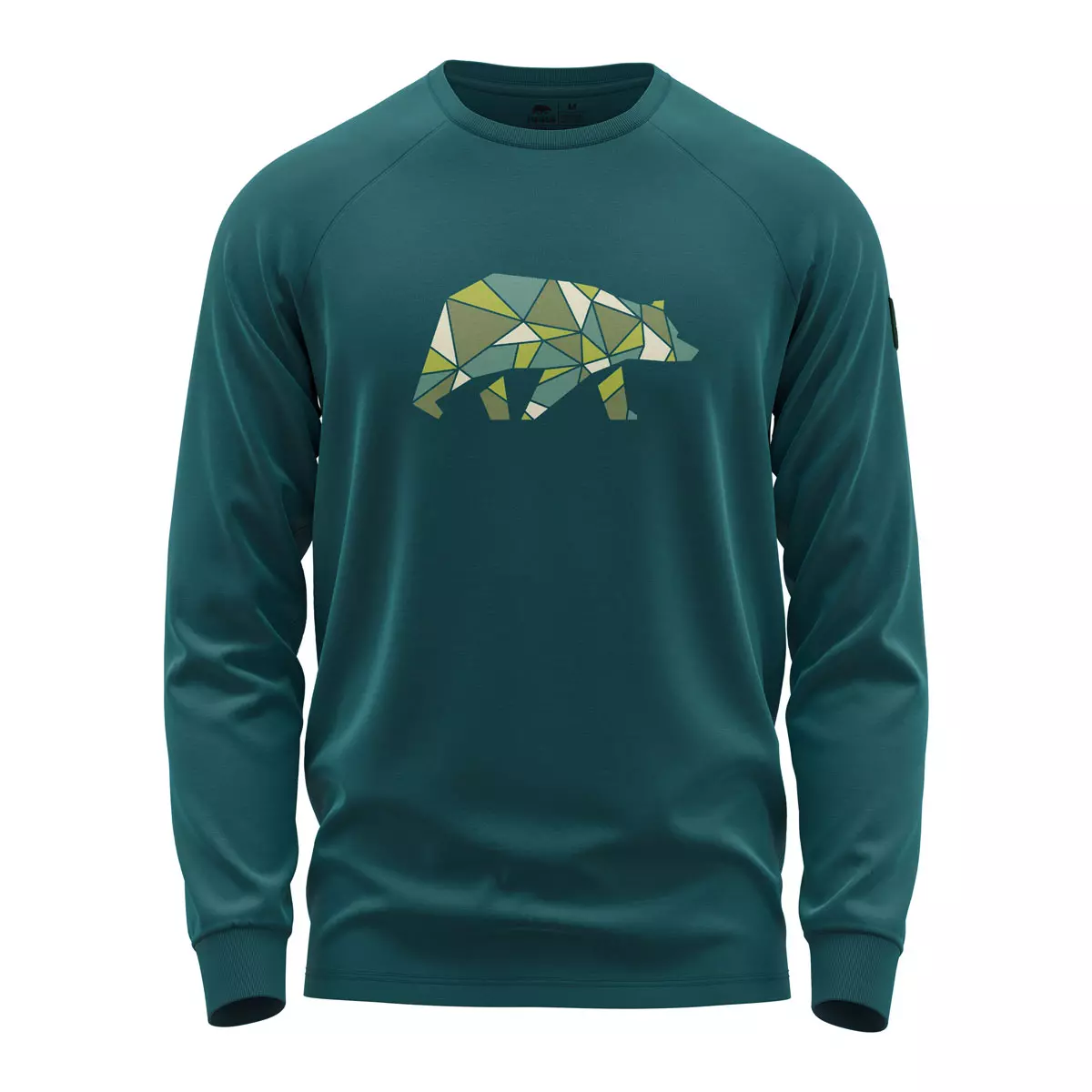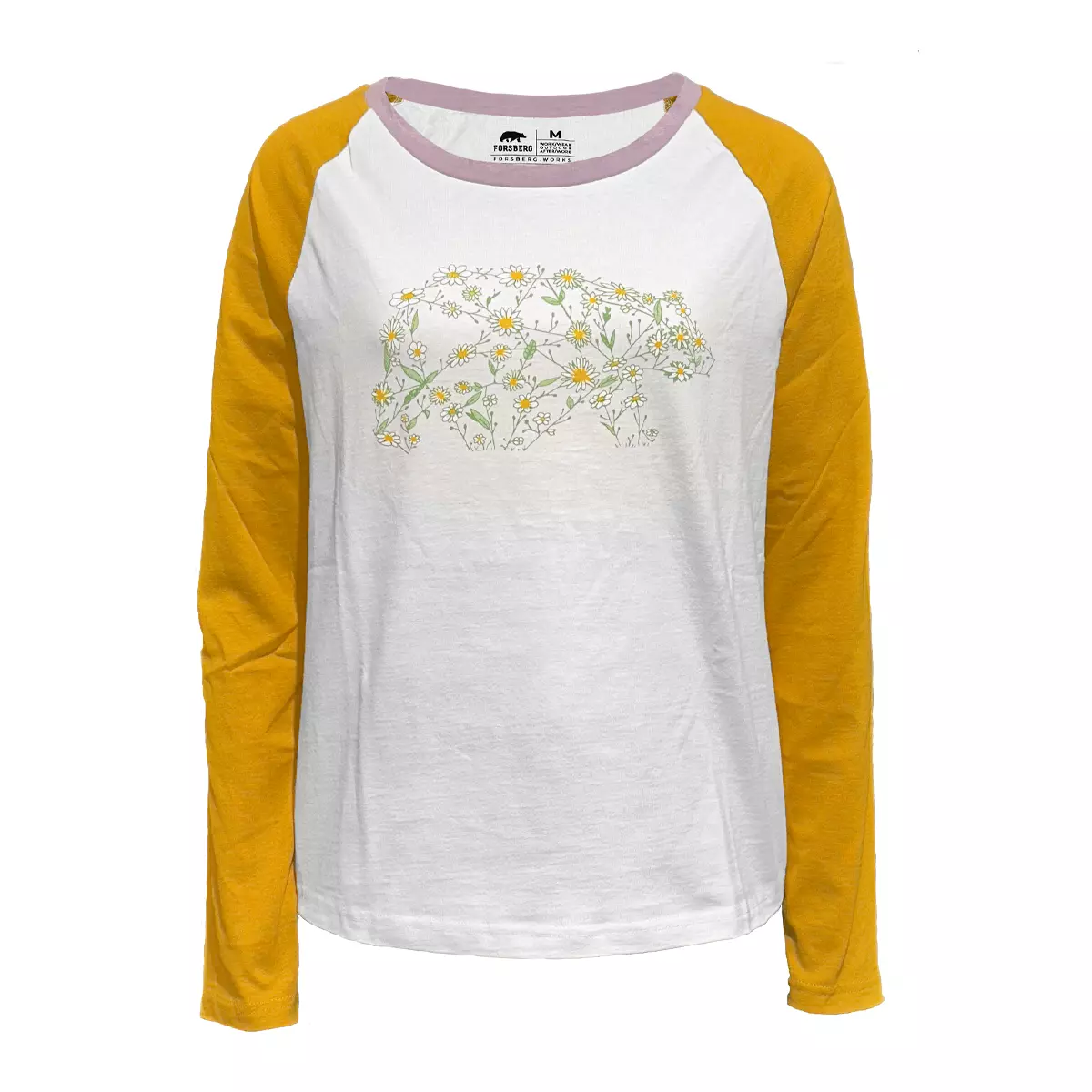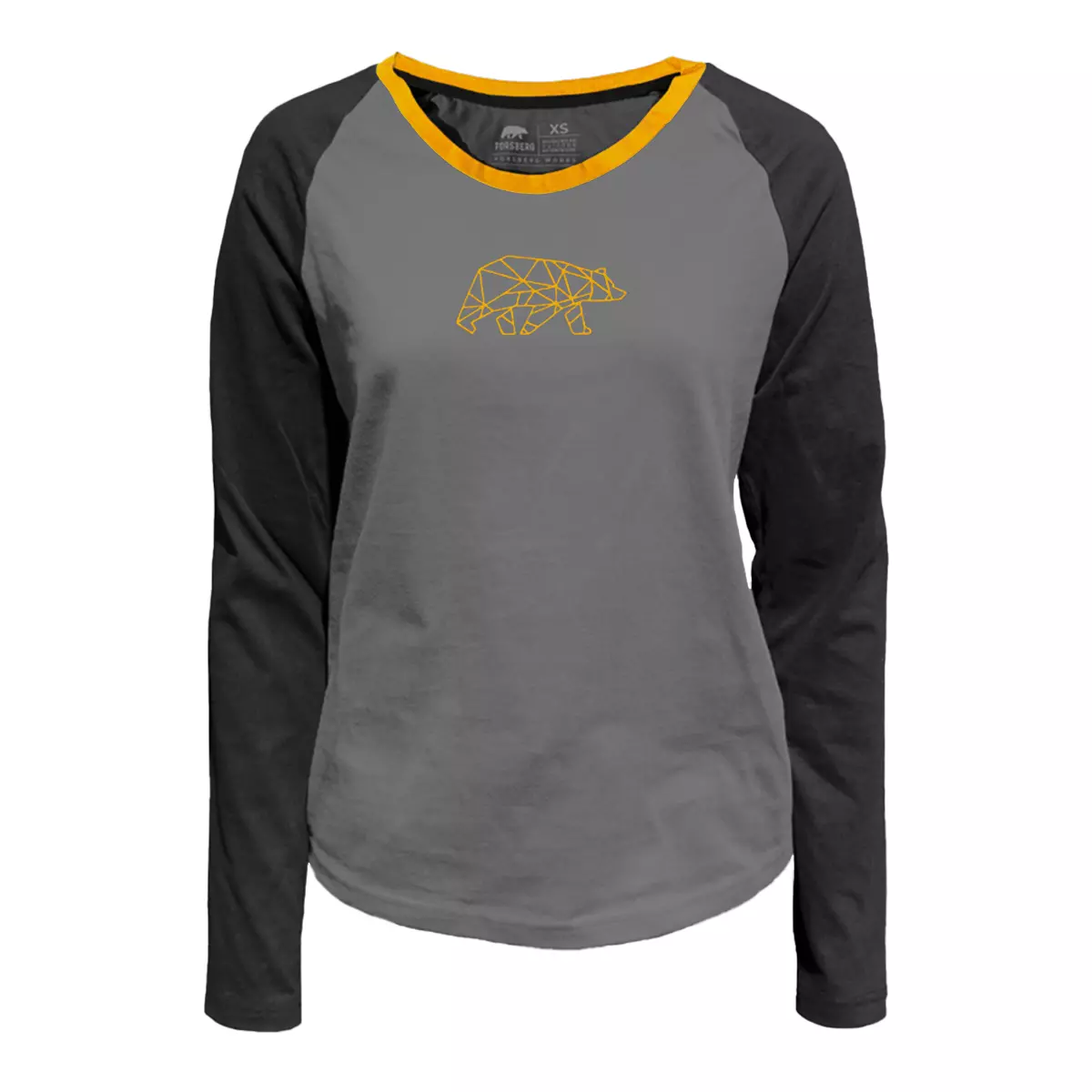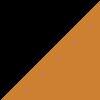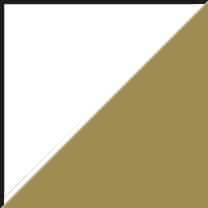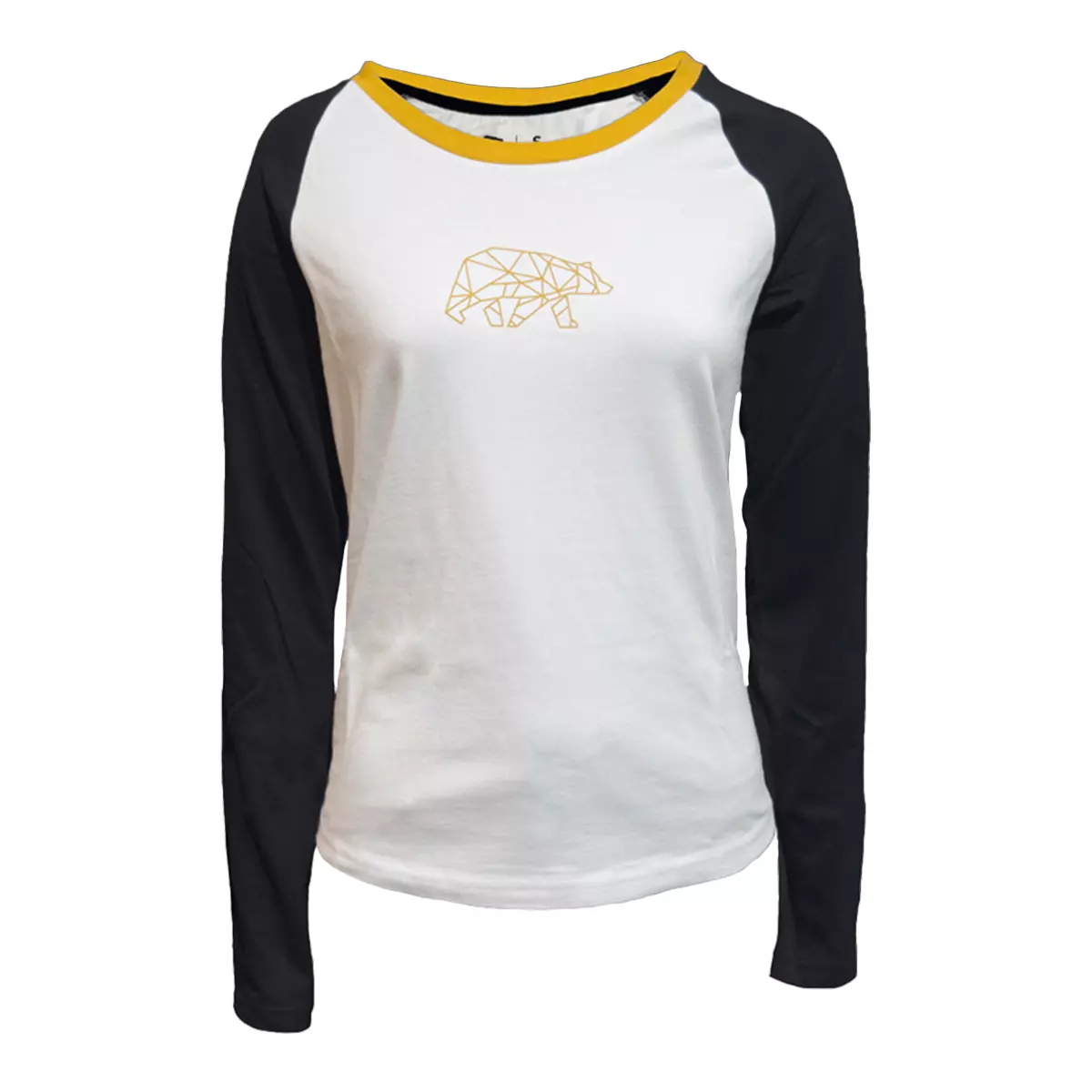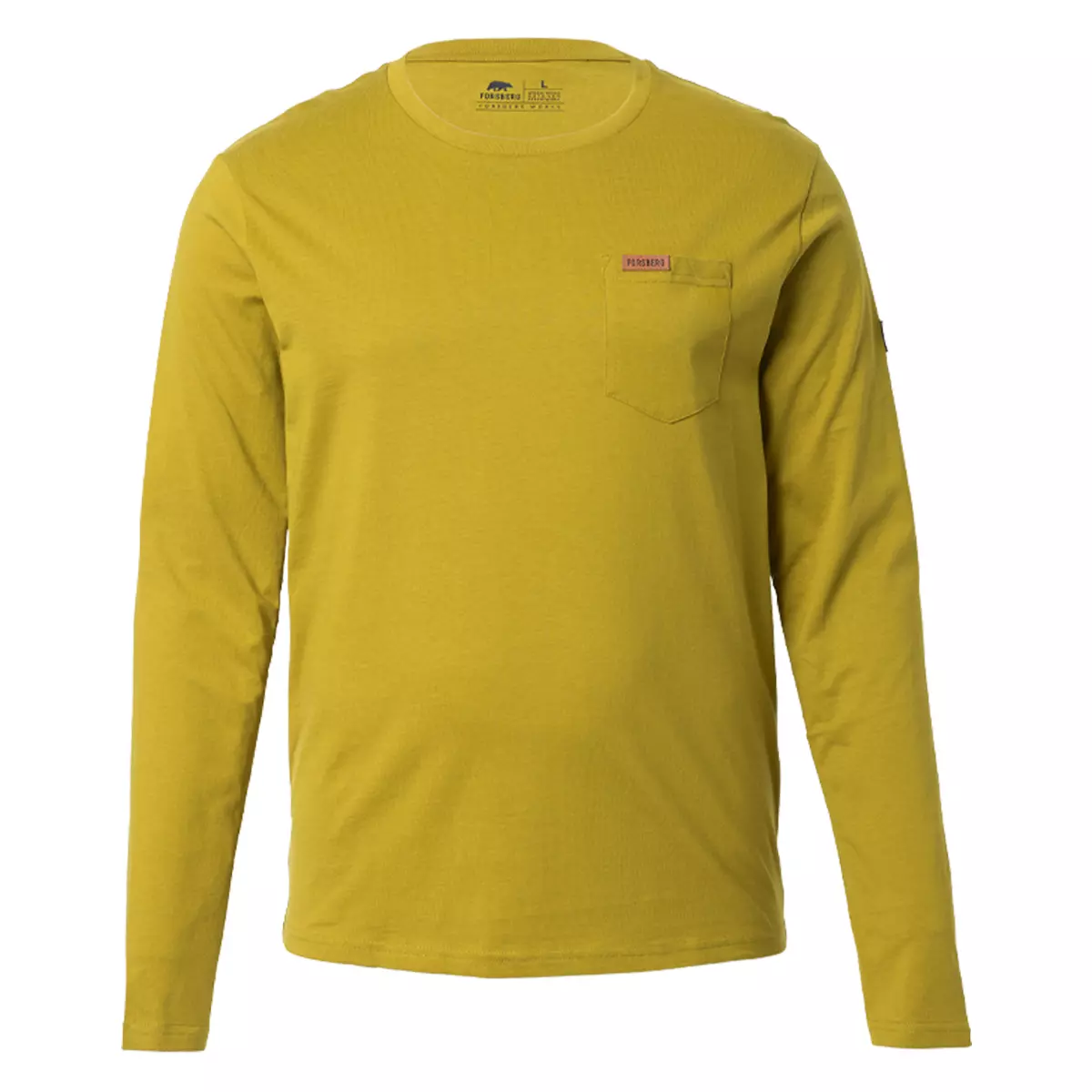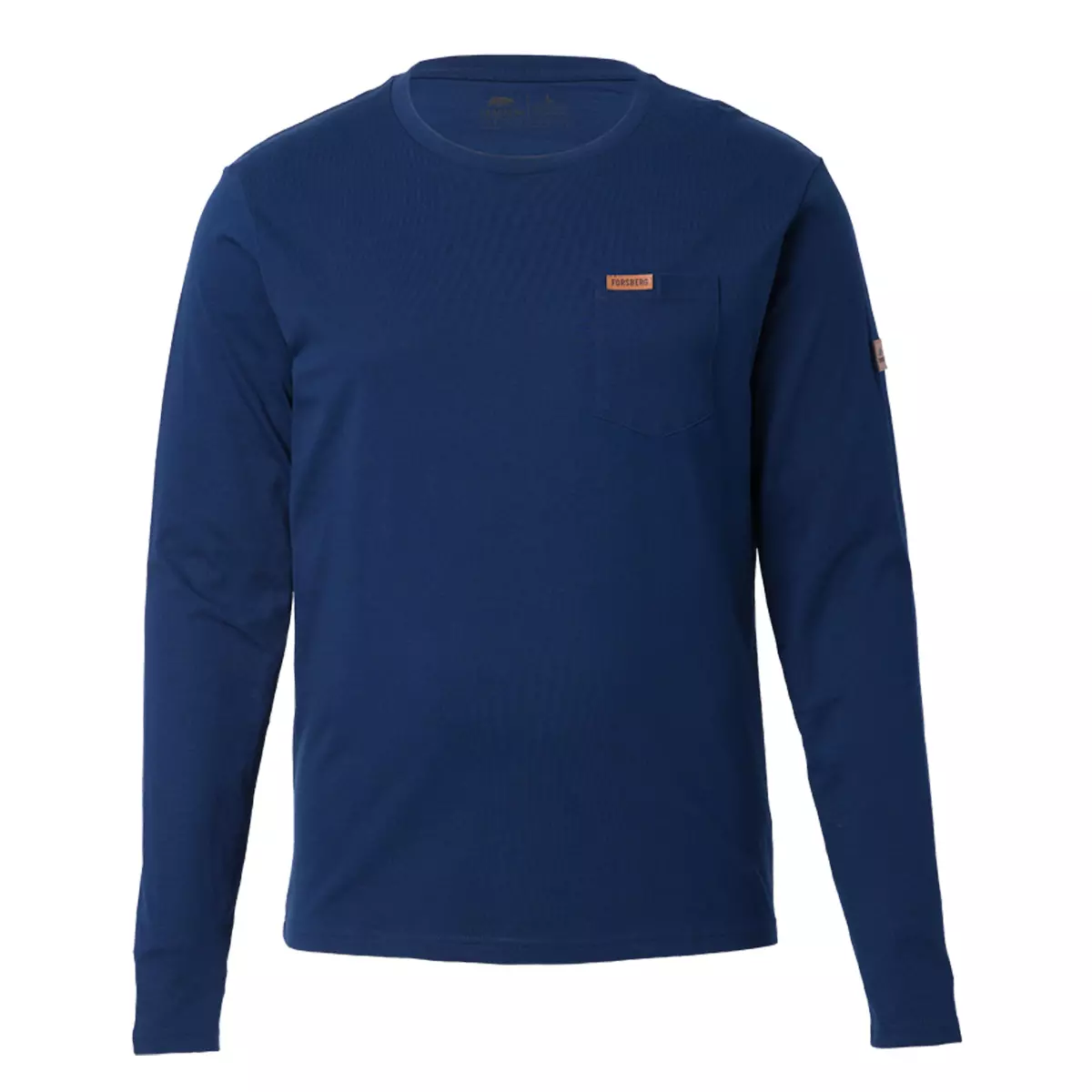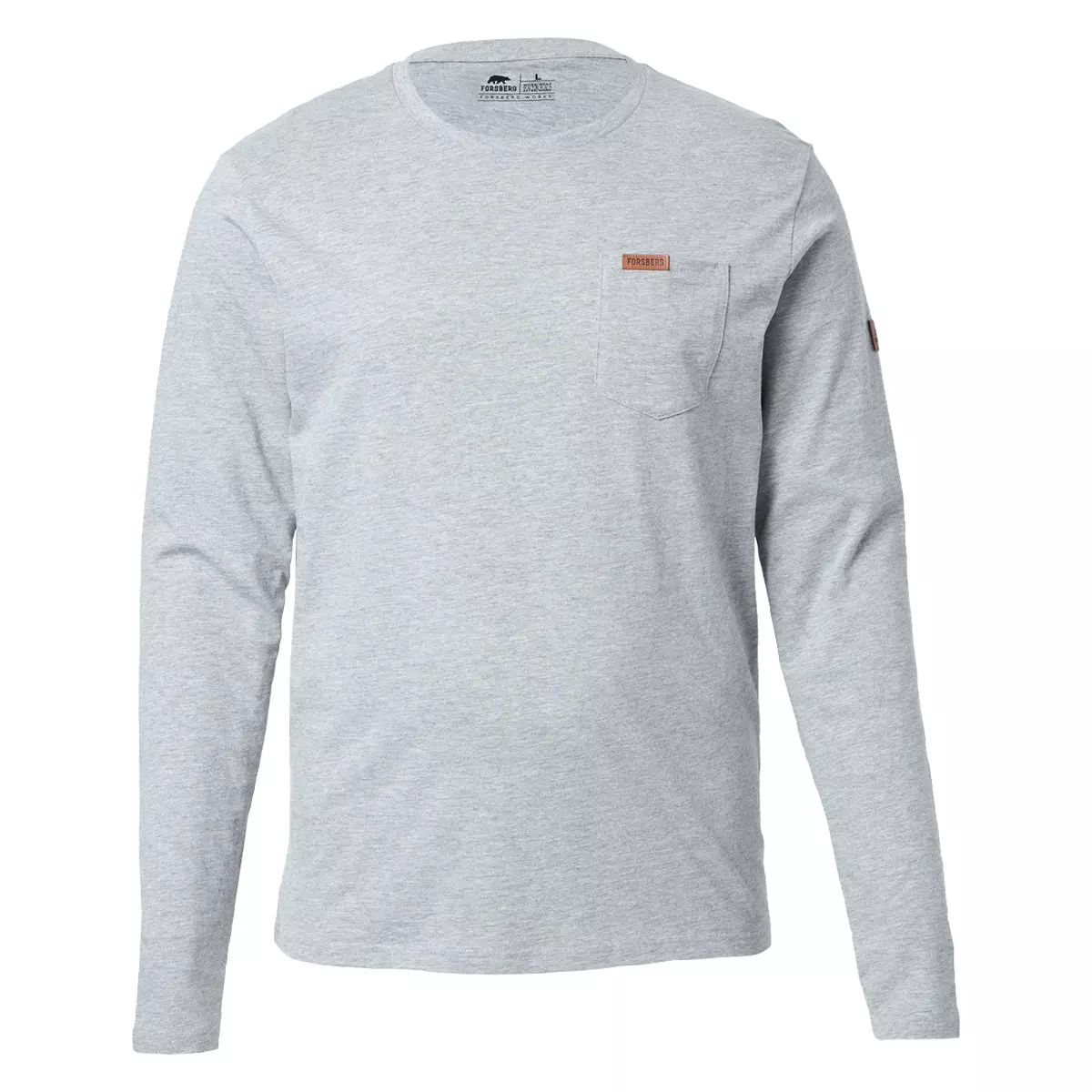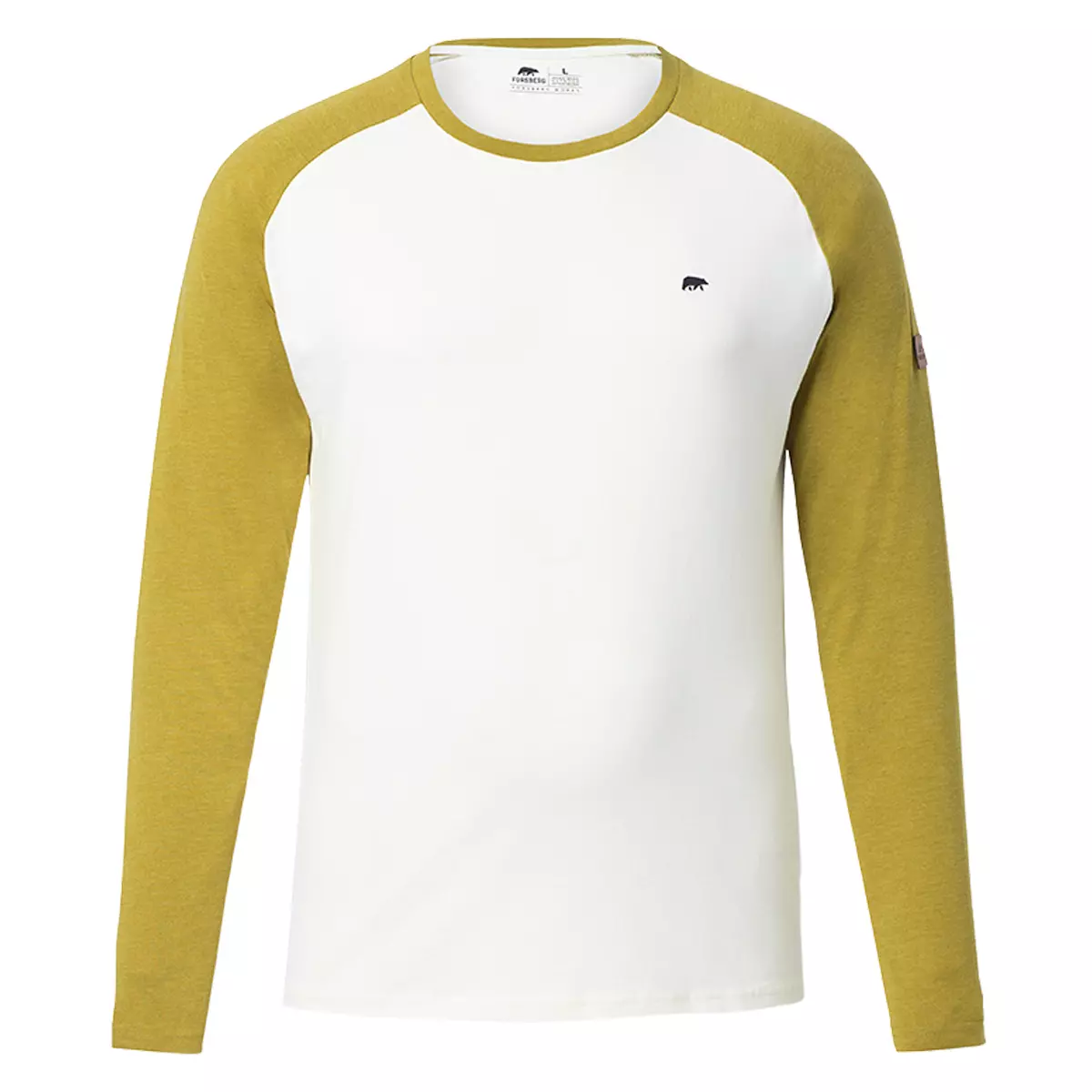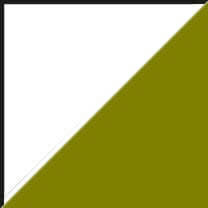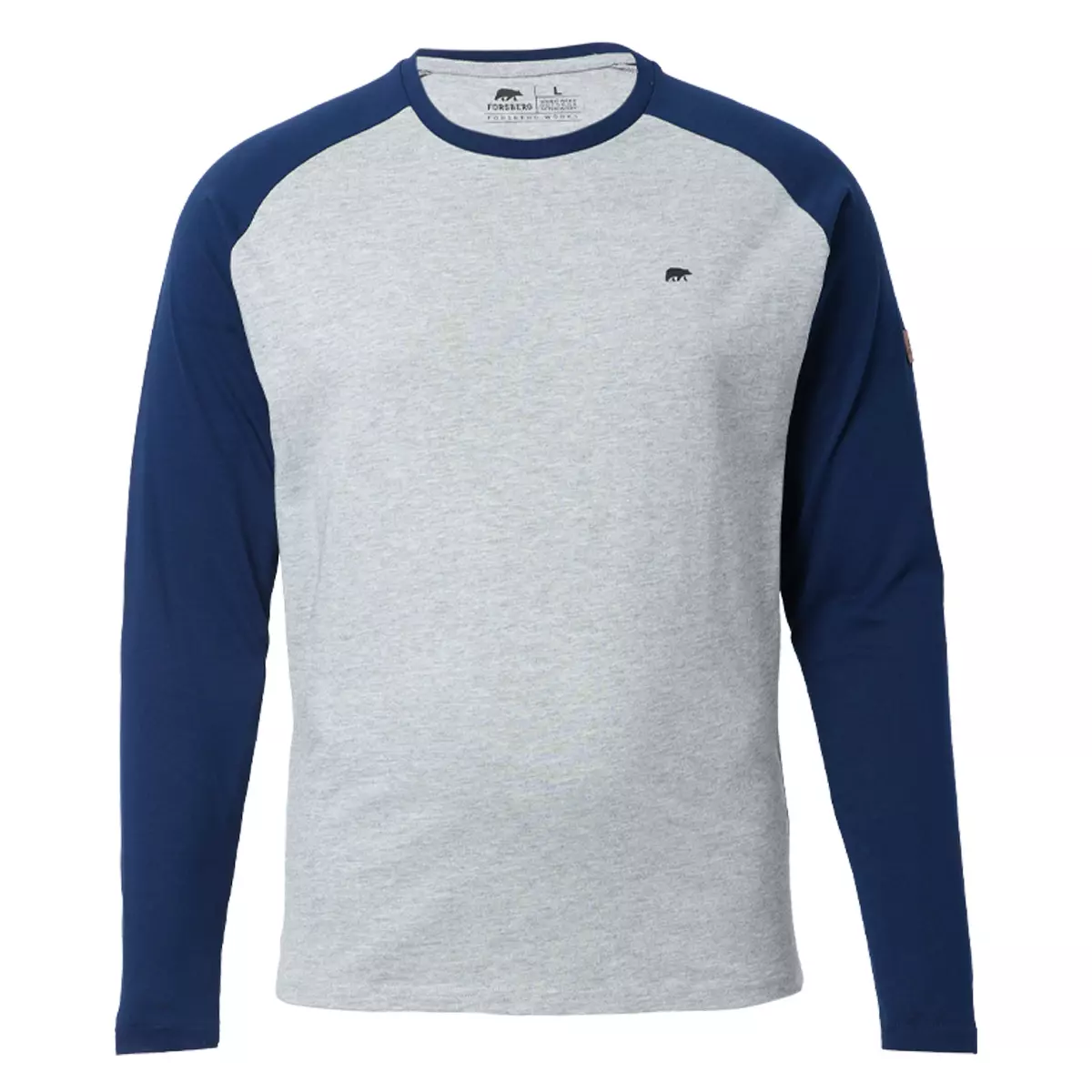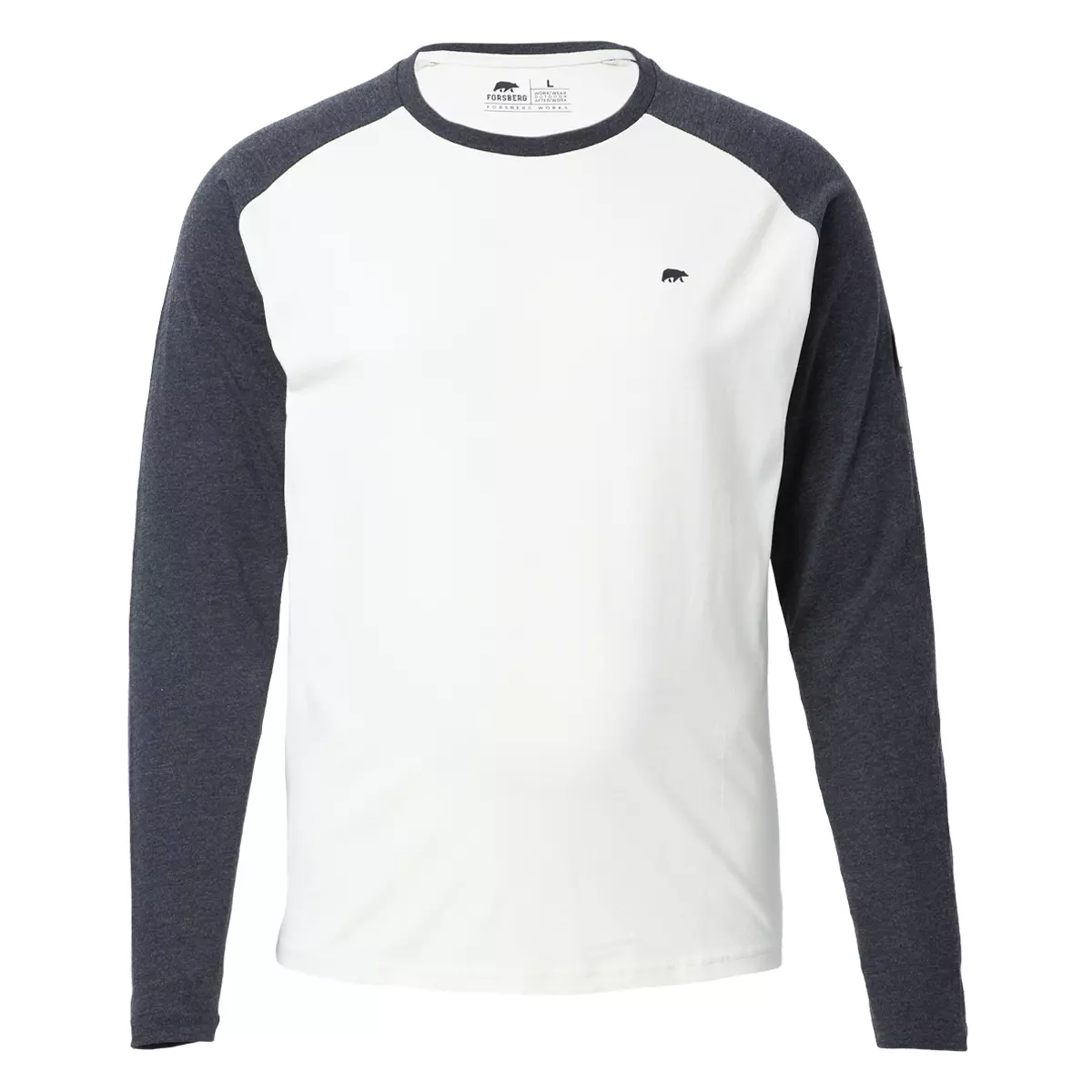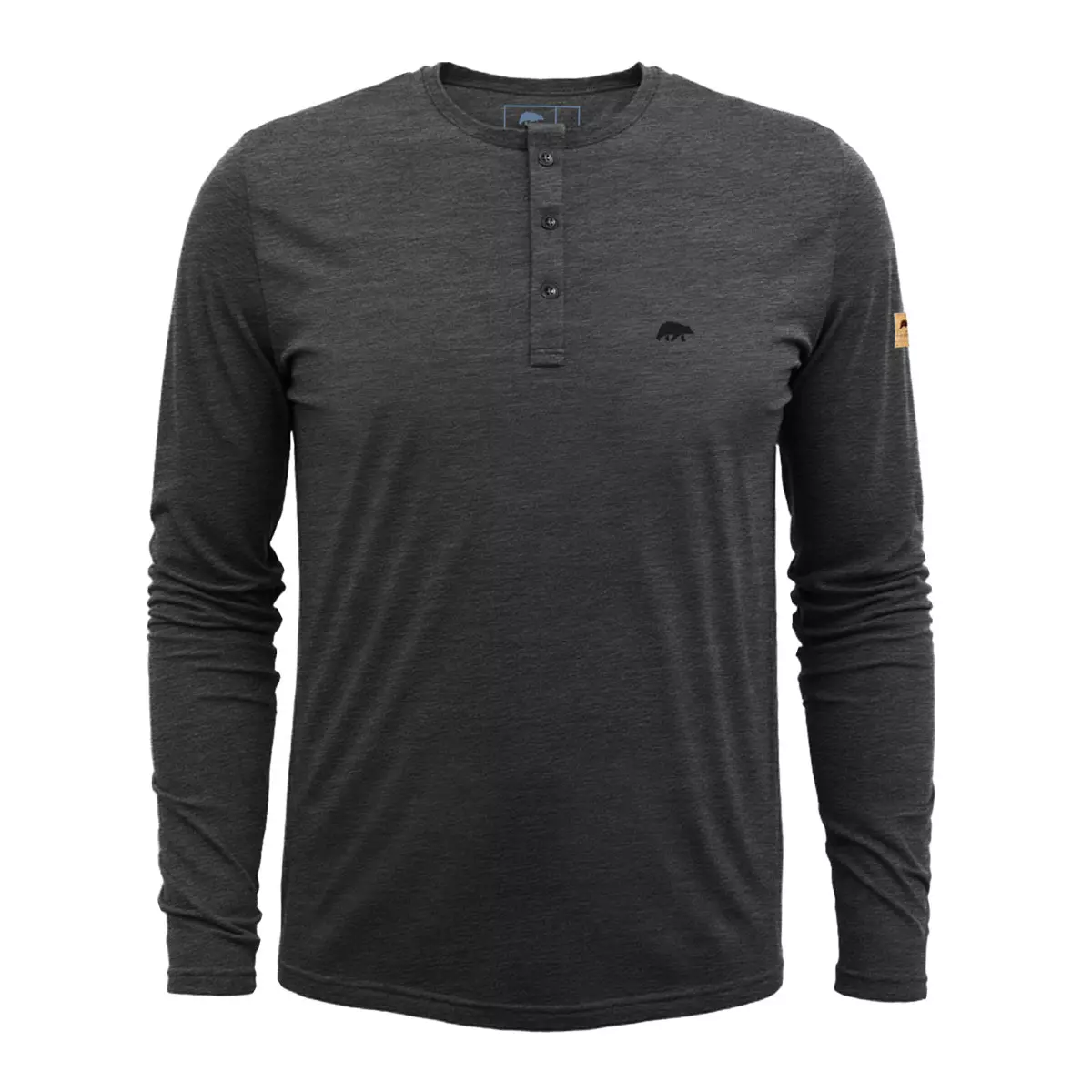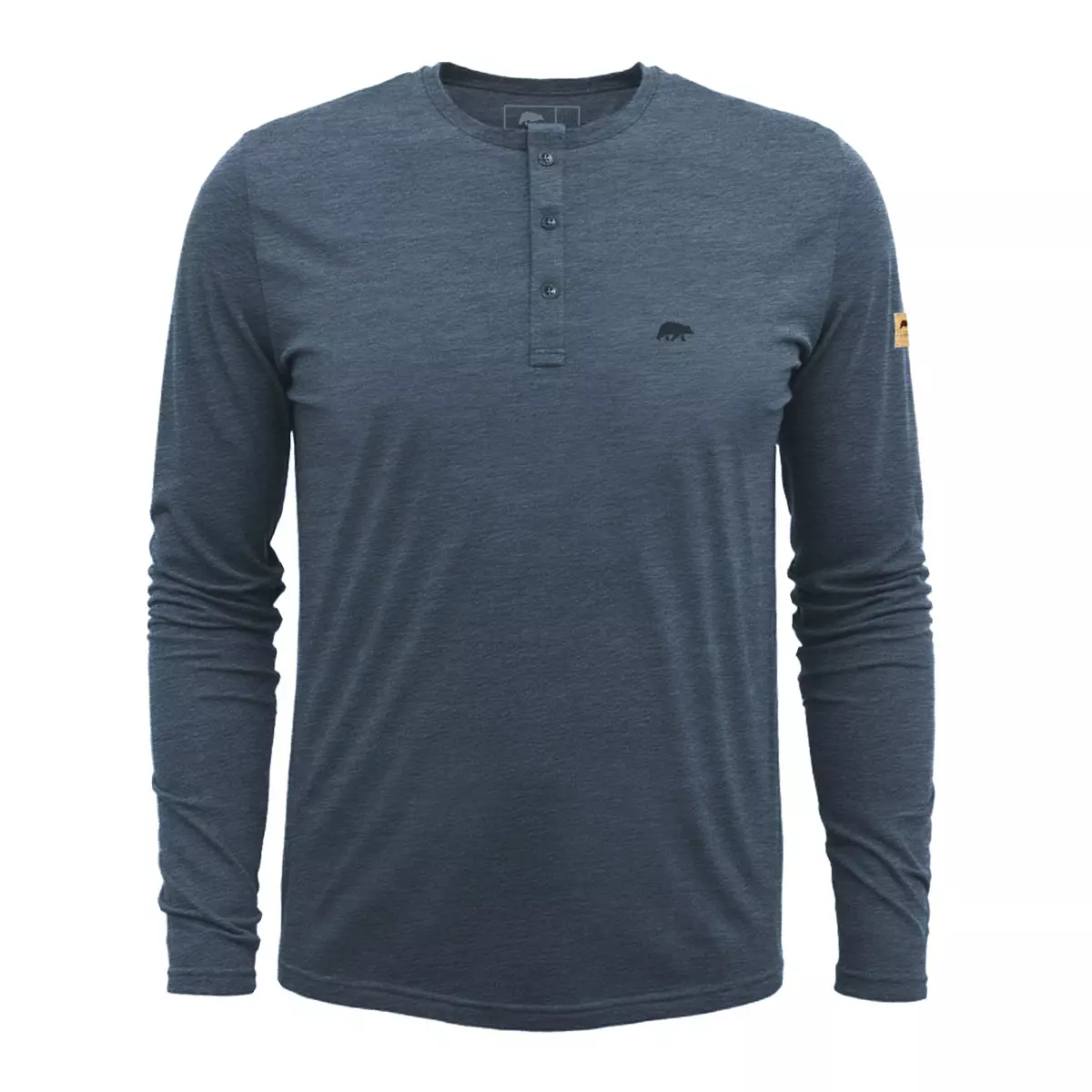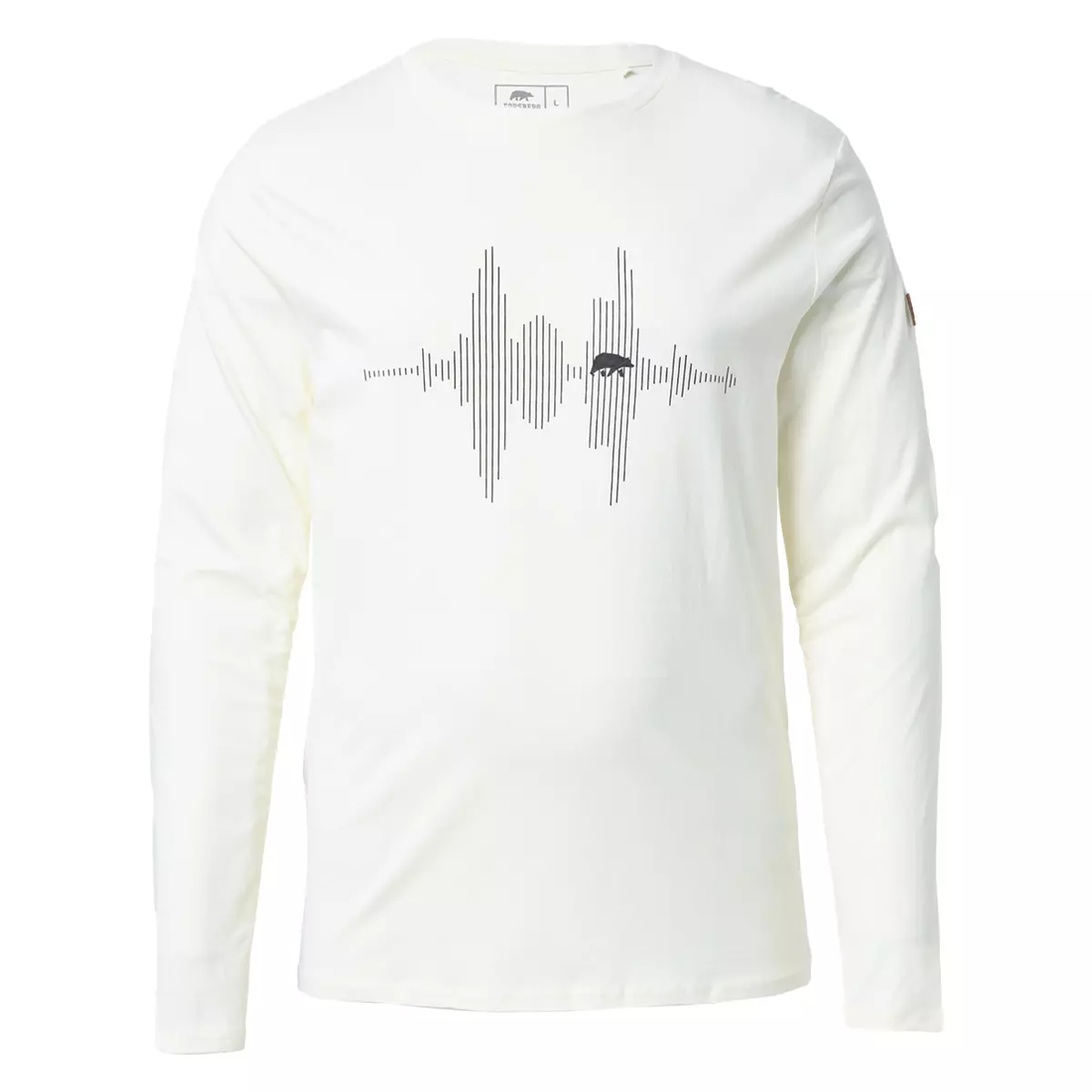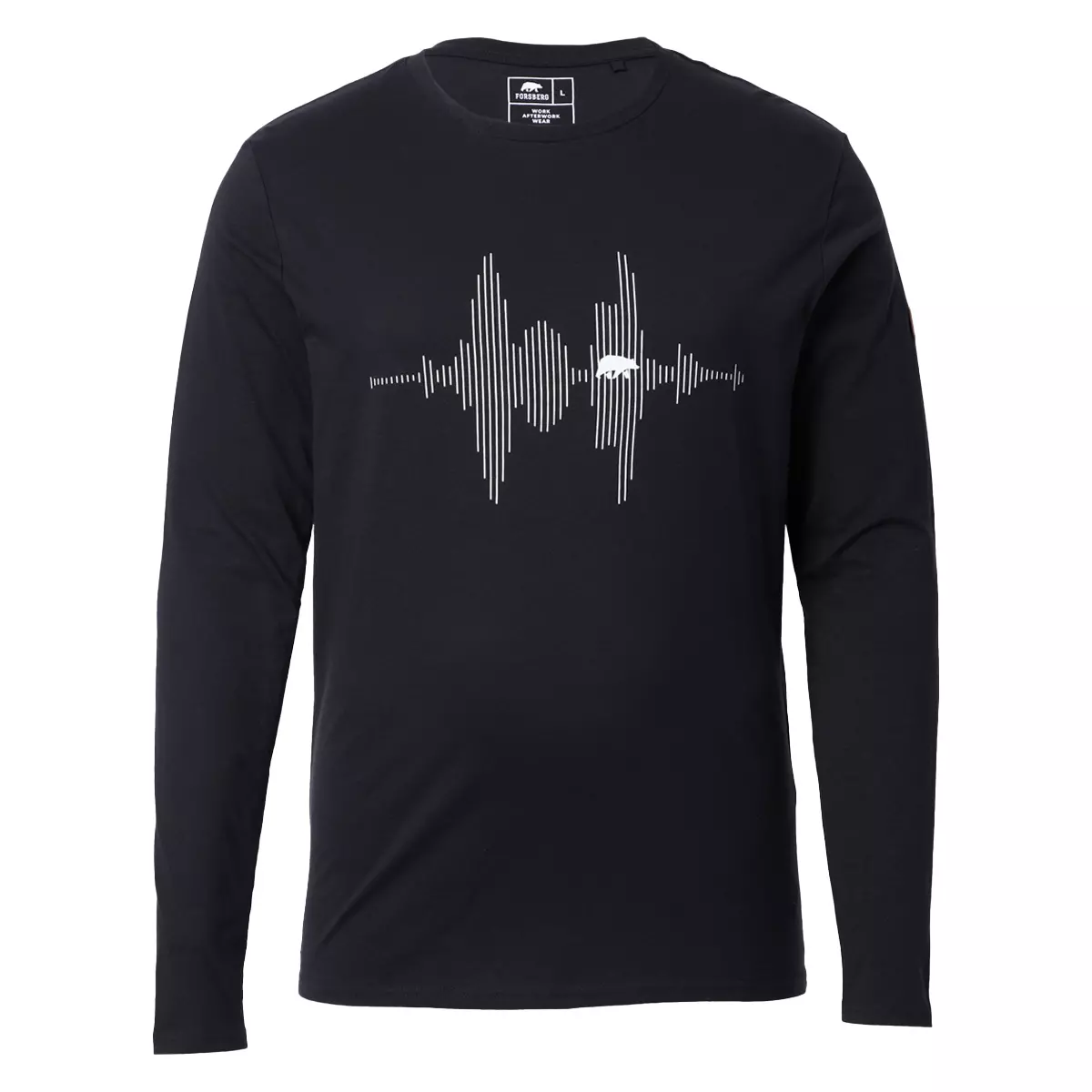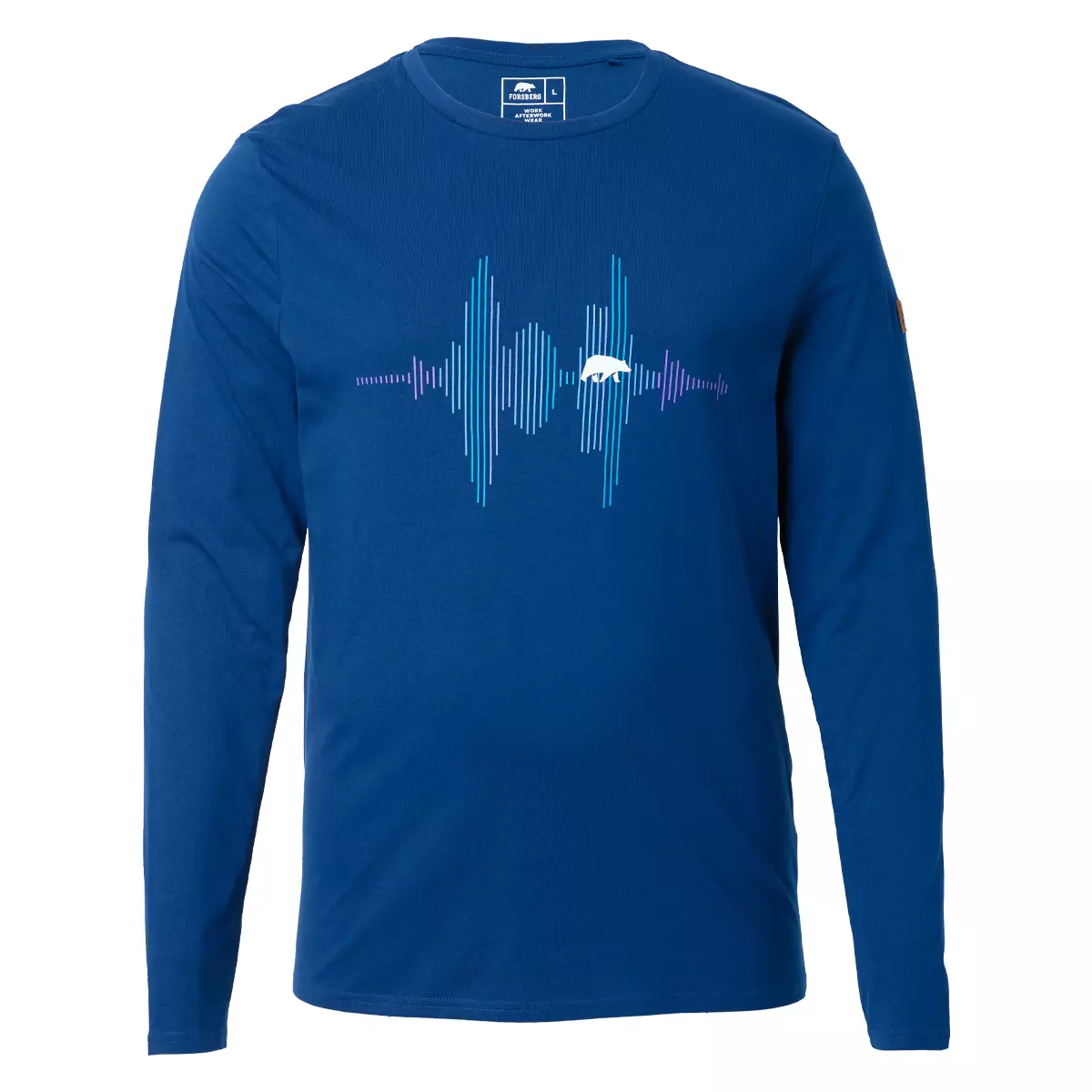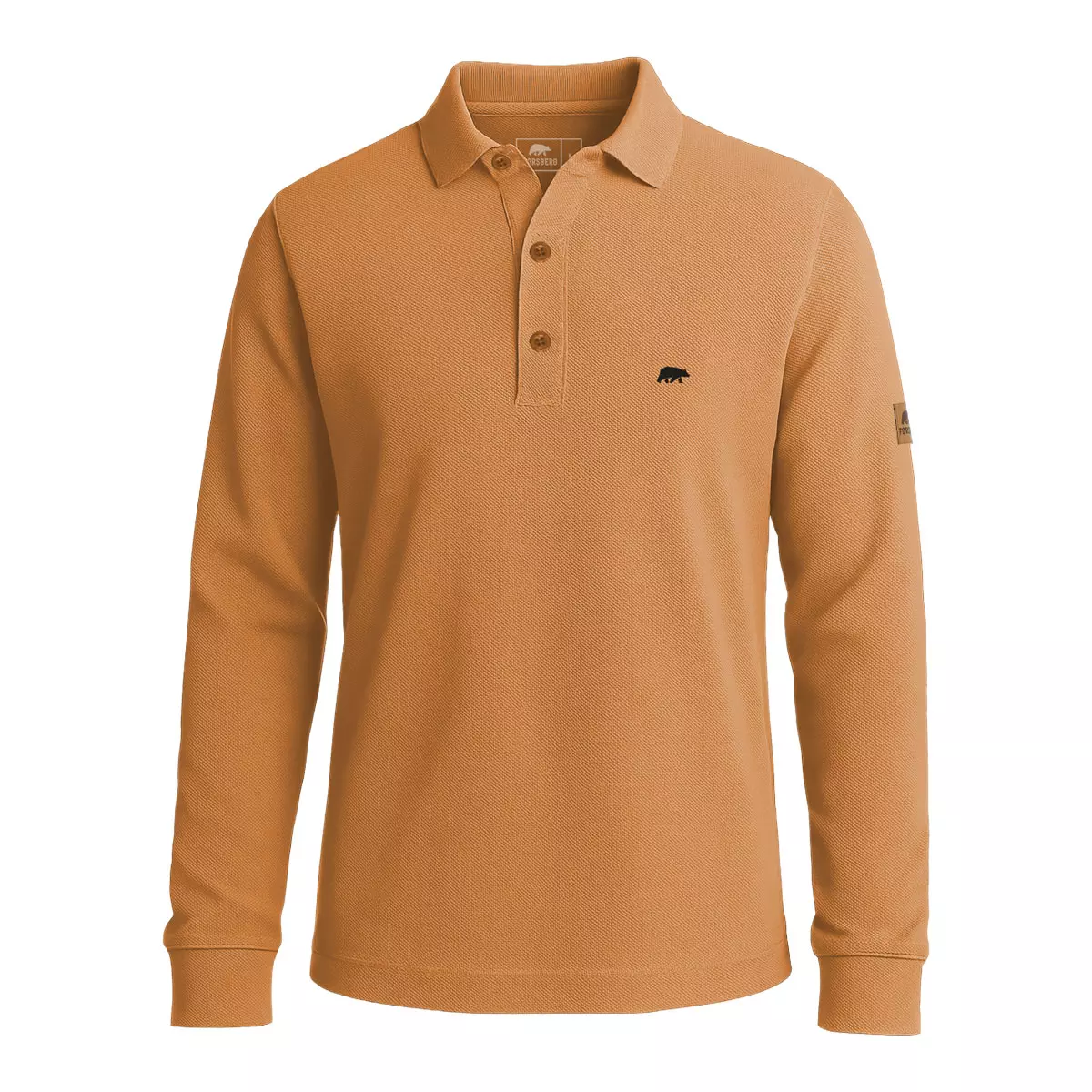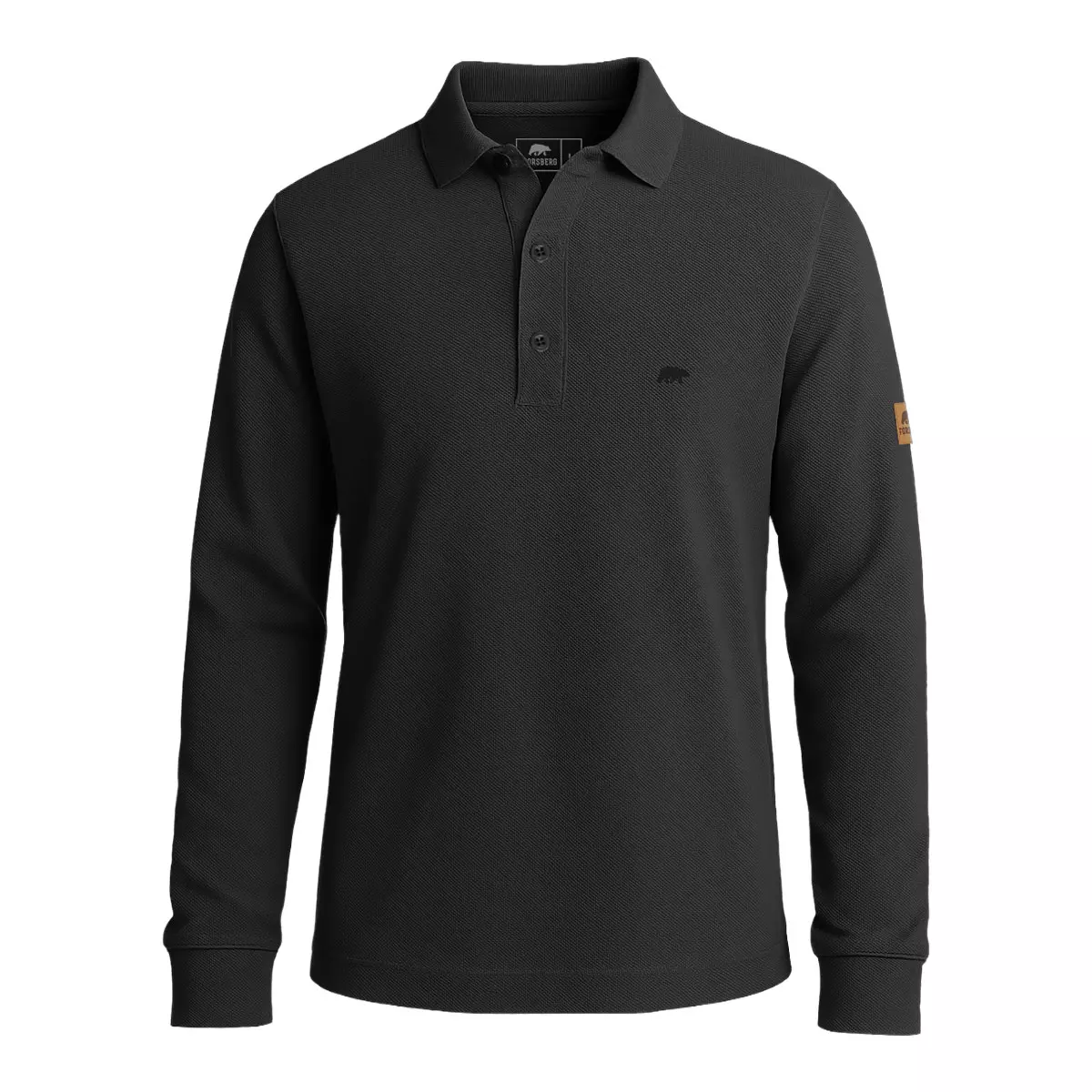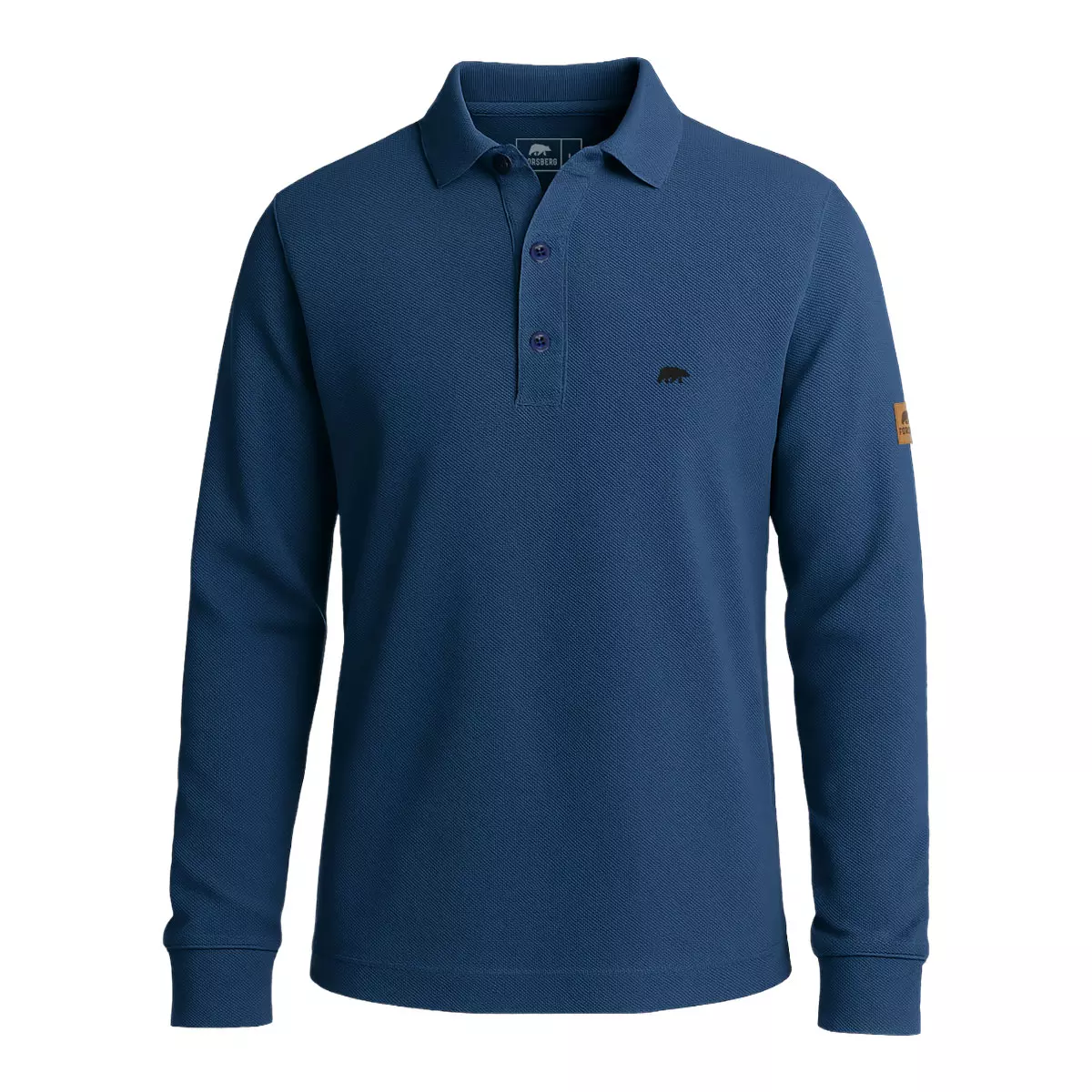FORSBERG Longsleeves – Overview & Buying Guide
Why FORSBERG Longsleeves?
FORSBERG™ Longsleeves are adaptable shirts built for both work and everyday wear. They pair clean Scandinavian lines with sturdy construction, so they withstand physical tasks while remaining comfortable for daily use. Typical applications include construction, carpentry, gardening, forest walks and casual city wear. Key advantages are durable fabrics, useful details (pockets, reinforced seams) and a cut that balances freedom of movement with a tidy silhouette.
This guide draws on product information and model pages at https://www.forsberg.works/de/ and integrates practical details from items such as the FORSBERG™ Basic Longsleeve, the Longsleeve with Chest Pocket and the Raglar Longsleeve Shirt (sources: Forsberg product pages).
Which materials and technologies matter for FORSBERG Longsleeves?
A longsleeve may look simple, but its performance comes down to fabric choice and construction. FORSBERG™ pieces commonly use cotton/polyester blends or heavier knit cottons to deliver durability, breathability and easy care.
- Cotton (ring-spun / combed): Soft next to the skin and breathable—ideal for everyday comfort. Pure cotton can take longer to dry but is very durable when tightly knit.
- Polyester blends: Add tear resistance, reduce shrinkage and improve drying and shape retention, making garments better suited to heavy use or layering.
- Reinforcements & trims: Chest pockets, elbow patches and bartacked seams protect high-wear areas. Elastic cuffs and ribbing help the garment keep its shape through repeated use.
Examples from the range (source: Forsberg product pages and manufacturer specifications):
- FORSBERG™ Basic Longsleeve — 95% cotton / 5% elastane (typical), 200–220 g/m² knit weight; designed for comfort during long shifts (source: Forsberg product page).
- FORSBERG™ Longsleeve with Chest Pocket — cotton/polyester blend with a reinforced pocket and bartacked seams for tools and small items (source: Forsberg product page).
- Raglar Longsleeve Shirt — raglan sleeve construction for greater shoulder mobility; often offered in softer cotton blends for layering outdoors (source: Forsberg product page).
Note on construction: long-sleeved shirts are typically single-layer knits rather than the multi-layer shells used for technical outerwear. The most important factors are stitch quality, seam reinforcement and fabric weight (gsm) for lasting performance.
How to care for and maintain FORSBERG Longsleeves
Good care keeps a longsleeve looking and performing well for years. Follow these steps:
- Preparation: Fasten zips or buttons, turn the garment inside out and shake or brush off loose dirt. Empty pockets and remove sharp items.
- Washing: Use a mild detergent for coloured fabrics or a specialist workwear detergent if recommended. Wash at the temperature indicated on the care label—usually 30–40°C for cotton/polyester mixes. Choose a gentle spin to reduce wear.
- Drying & activation: Air-dry on a flat surface or hanging rack. If the care label allows tumble drying, use low heat to help reshape ribbing and minimise wrinkles. Avoid prolonged exposure to direct heat sources.
- Re-impregnation & coatings: Most long sleeves are uncoated; DWR or PU finishes are more common on outer shells. If a model includes a functional finish (stain or water resistance), follow the manufacturer’s care instructions to preserve it.
- Repairs: Mend small holes or seam splits with patching tape or hand sewing. For worn elbows, apply a fabric patch or iron-on reinforcement. Replace broken zips or buttons promptly to prevent further damage.
Practical tip from Forsberg product care notes: avoid strong bleach and fabric softeners on workwear blends—they can weaken fibres and reduce abrasion resistance (source: Forsberg product pages).
Use cases — When a FORSBERG Longsleeve makes a difference
Scenario: Karin, a site manager in Hamburg, layers a FORSBERG™ Raglar Longsleeve under her high-visibility vest during early morning inspections. The raglan cut lets her raise her arms easily when checking scaffolding, while the slightly thicker knit protects her forearms from light scrapes. By midday she sheds outer layers and keeps the Longsleeve on for contractor meetings — it looks smart and stays comfortable.
Scenario: Lukas, an amateur forester, wears the Longsleeve with Chest Pocket on woodland walks. The pocket holds a small folding knife and a pen; the cotton/polyester blend dries faster than pure cotton after a dewy morning. Its understated look moves easily from trail to town errands.
Top brands & models compared
| Brand | Model | Material/Technology | Key data | Price (€) | Source / Experience |
|---|---|---|---|---|---|
| FORSBERG™ | Basic Longsleeve | Cotton-elastane knit | 200–220 g/m²; soft stretch | 20–35 | Forsberg product page / long-term wear observations |
| FORSBERG™ | Longsleeve with Chest Pocket | Cotton/polyester blend, reinforced pocket | Quick-dry blend; reinforced seams | 25–40 | Forsberg product page / workshop feedback |
| FORSBERG™ | Raglar Longsleeve Shirt | Raglan cut, mixed knit | Enhanced shoulder mobility; 180–210 g/m² | 25–45 | Forsberg product page / user mobility tests |
| Competitor® | Workshirt Pro | Poly-cotton heavy knit | 220–240 g/m²; high abrasion resistance | 30–50 | Manufacturer data / retail comparisons |
| Competitor™ | Everyday Tech Tee | Polyester stretch blend | Fast-dry; low weight | 20–40 | Manufacturer data / user reviews |
| Local Brand® | Heritage Longsleeve | Organic cotton | 180–200 g/m²; eco-certified | 30–60 | Brand claim / sustainability listings |
Comparison note: The Forsberg line aims for a balanced offering—durable materials, practical details and approachable pricing. Competitors may provide heavier-duty fabrics or specialised technical finishes at higher prices. The best choice depends on expected wear, required features and care preferences.
Frequently Asked Questions (FAQ)
- Are FORSBERG™ Longsleeves suitable for heavy work?
- Yes. Many models are built for regular work use. For heavier abrasion, choose versions with reinforced details (bartacked pockets, higher gsm). Check the product page for construction specifics.
- How do I choose the right size?
- Use the Forsberg size chart on the product page and measure chest and sleeve length. If you’re between sizes, opt for a size that allows layering underneath without restricting movement.
- Can I tumble-dry FORSBERG™ Longsleeves?
- Only if the care label permits. Use a low heat setting to preserve shape. Air-drying generally extends the life of mixed cotton/polyester garments.
- Do these shirts have any water-repellent coating?
- Generally no. Longsleeves are usually uncoated knits. Models with special finishes will note this on the product page—follow the care instructions to protect those treatments.
- How long will a FORSBERG™ Longsleeve last?
- With proper care, a well-made long sleeve can last several seasons. Lifespan depends on wear intensity, washing frequency and timely repair of small damages.
- Can I repair small holes myself?
- Yes. Minor holes can be sewn or patched. For visible areas, consider a matching fabric patch or professional repair for the best finish.
[IMAGE: FORSBERG Longsleeve worn on a construction site — Alt: "Worker wearing FORSBERG Longsleeve at a construction site"; Source: Forsberg.works / https://www.forsberg.works/de/]
[IMAGE: Detail of chest pocket and reinforced seam — Alt: "Detail: chest pocket and reinforced stitching on FORSBERG Longsleeve"; Source: Forsberg.works / https://www.forsberg.works/de/]
[IMAGE: Lifestyle shot — Alt: "Person wearing FORSBERG Raglar Longsleeve on a forest walk"; Source: Forsberg.works / https://www.forsberg.works/de/]
For more on sizing and care, see our size guide and care instructions (internal resources). Browse our selection of FORSBERG Longsleeves now and find the perfect piece for your needs.

